Rising Demand for Luxury Bedding
The Down and Feather Market experiences a notable increase in demand for luxury bedding products. Consumers are increasingly seeking high-quality materials that provide comfort and warmth. This trend is driven by a growing awareness of the benefits of down and feather insulation, which is known for its superior thermal properties. According to recent data, the luxury bedding segment is projected to grow at a compound annual growth rate of approximately 6% over the next five years. This growth is indicative of a broader shift towards premium home goods, as consumers prioritize quality over cost. The Down and Feather Market is thus positioned to capitalize on this trend, as manufacturers innovate to meet the evolving preferences of discerning customers.
Increased Focus on Health and Wellness
The Down and Feather Market is significantly influenced by the rising focus on health and wellness among consumers. As individuals become more health-conscious, there is a growing preference for products that promote better sleep quality. Down and feather bedding is often associated with enhanced comfort and support, which can contribute to improved sleep patterns. Market data suggests that the sleep products sector, including down and feather items, is expected to witness a growth rate of around 5% annually. This trend reflects a broader societal shift towards prioritizing well-being, thereby driving demand for high-quality bedding solutions. The Down and Feather Market stands to benefit from this increased emphasis on health, as consumers seek products that align with their wellness goals.
Technological Innovations in Manufacturing
Technological advancements are reshaping the Down and Feather Market, particularly in manufacturing processes. Innovations such as automated sorting and advanced cleaning techniques enhance product quality and efficiency. These technologies enable manufacturers to produce down and feather products that meet stringent quality standards while reducing waste. Market analysis indicates that companies investing in technology are likely to experience a competitive edge, as they can offer superior products at lower costs. Furthermore, the integration of smart technologies in bedding products, such as temperature regulation features, is gaining traction. This evolution in manufacturing not only improves product performance but also aligns with consumer expectations for high-tech solutions in their homes.
Growing E-commerce and Online Retail Channels
The Down and Feather Market is witnessing a transformation due to the rapid growth of e-commerce and online retail channels. As consumers increasingly turn to online platforms for their shopping needs, the accessibility of down and feather products has expanded significantly. Data shows that online sales in the bedding sector are projected to grow by over 20% in the coming years. This shift presents both challenges and opportunities for traditional retailers, as they must adapt to the changing landscape. E-commerce allows for a broader reach, enabling manufacturers to connect with a diverse customer base. The Down and Feather Market is thus likely to benefit from this trend, as online platforms facilitate greater consumer engagement and product discovery.
Sustainability Trends in Consumer Preferences
Sustainability has emerged as a pivotal driver within the Down and Feather Market. Consumers are increasingly inclined to purchase products that are ethically sourced and environmentally friendly. This shift is evident in the growing demand for down and feather items that adhere to sustainable practices, such as responsible sourcing and eco-friendly production methods. Recent surveys indicate that approximately 70% of consumers are willing to pay a premium for sustainable products. This trend not only reflects changing consumer values but also presents an opportunity for manufacturers to differentiate their offerings. The Down and Feather Market is thus likely to see a rise in products that emphasize sustainability, catering to the environmentally conscious consumer.


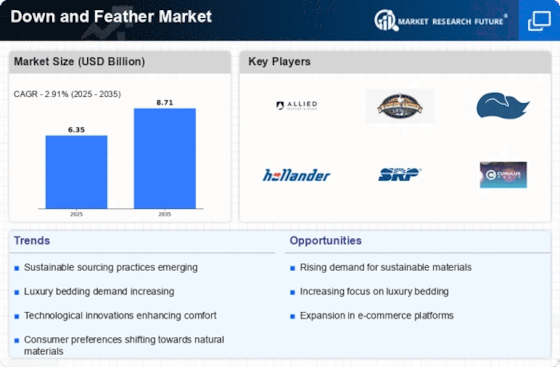
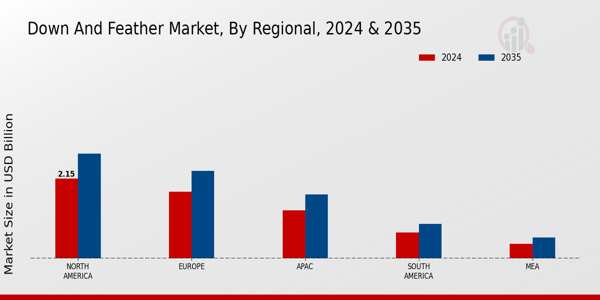
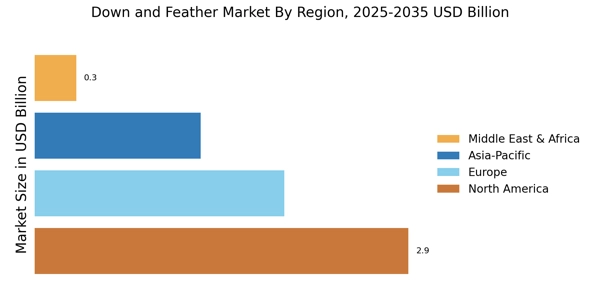

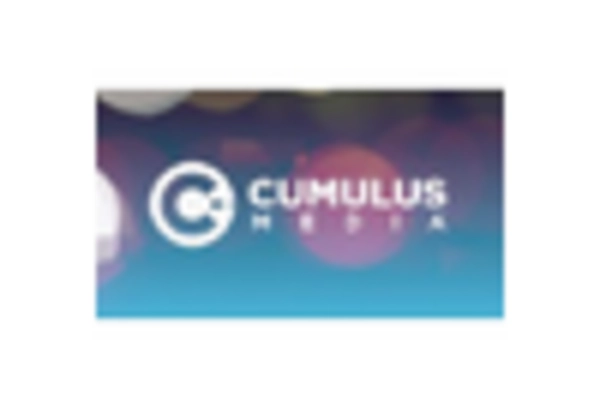
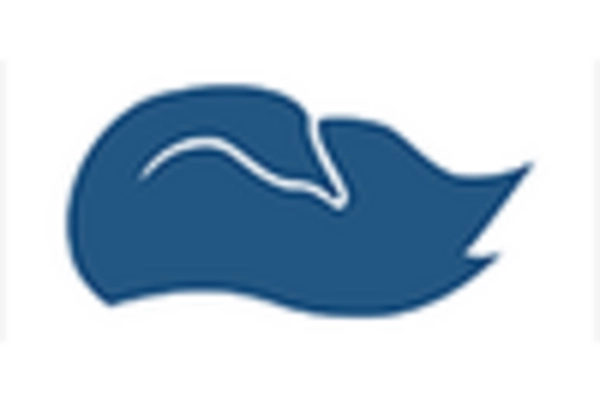
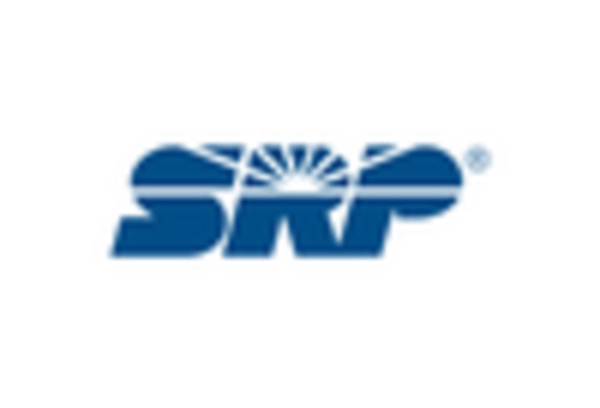
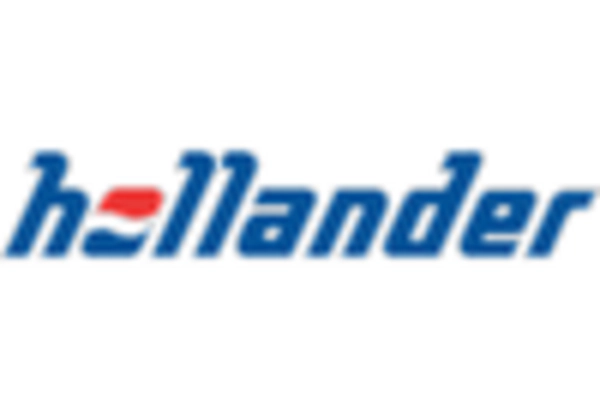









Leave a Comment